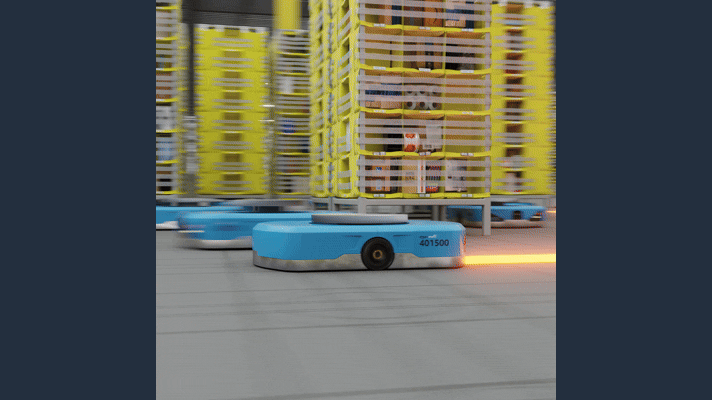When fully automated waste and recycling facilities were just a concept in the industry, Norwegian municipal solid waste (MSW) hauling company Romerike Avfallsforedling (RoAF) turned the concept into a reality.
Powered by a sorting system installed by Germany-based Stadler Anlagenbau GmbH, RoAF opened the world’s first fully automated mixed waste processing facility in 2016 in the village of Skedsmokorset, just outside of Oslo, to help meet the needs of Norwegian municipalities that were facing high labor costs. While the concept was three years in the making, Stadler needed just three months to complete construction of the facility.
RoAF collects household and food waste from 10 municipalities in Norway, including Skedsmo, which boasts a population of roughly 53,000 people. When waste arrives at the automated plant, it’s first fed onto a conveyor, which delivers the waste into the sorting plant.








